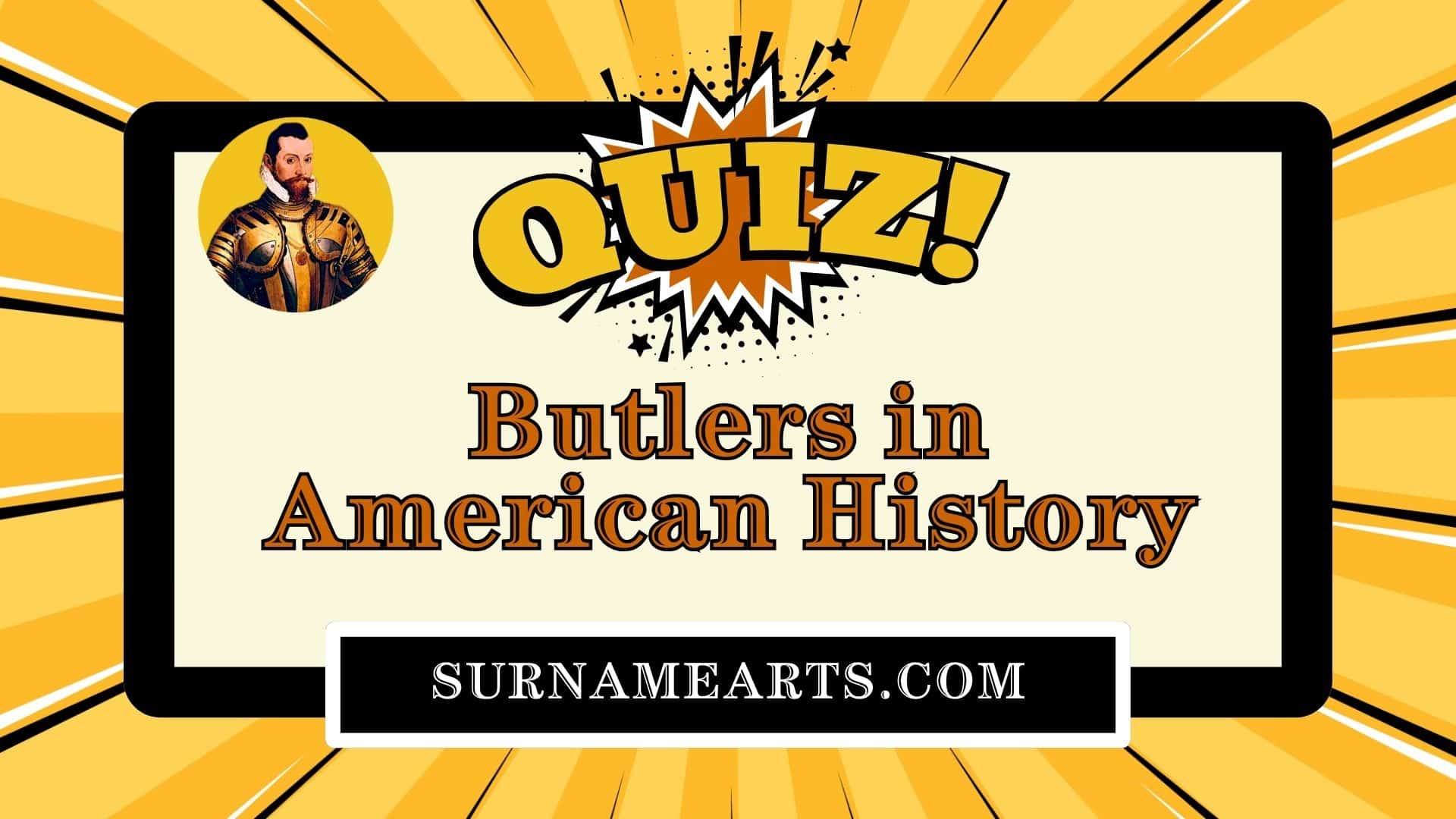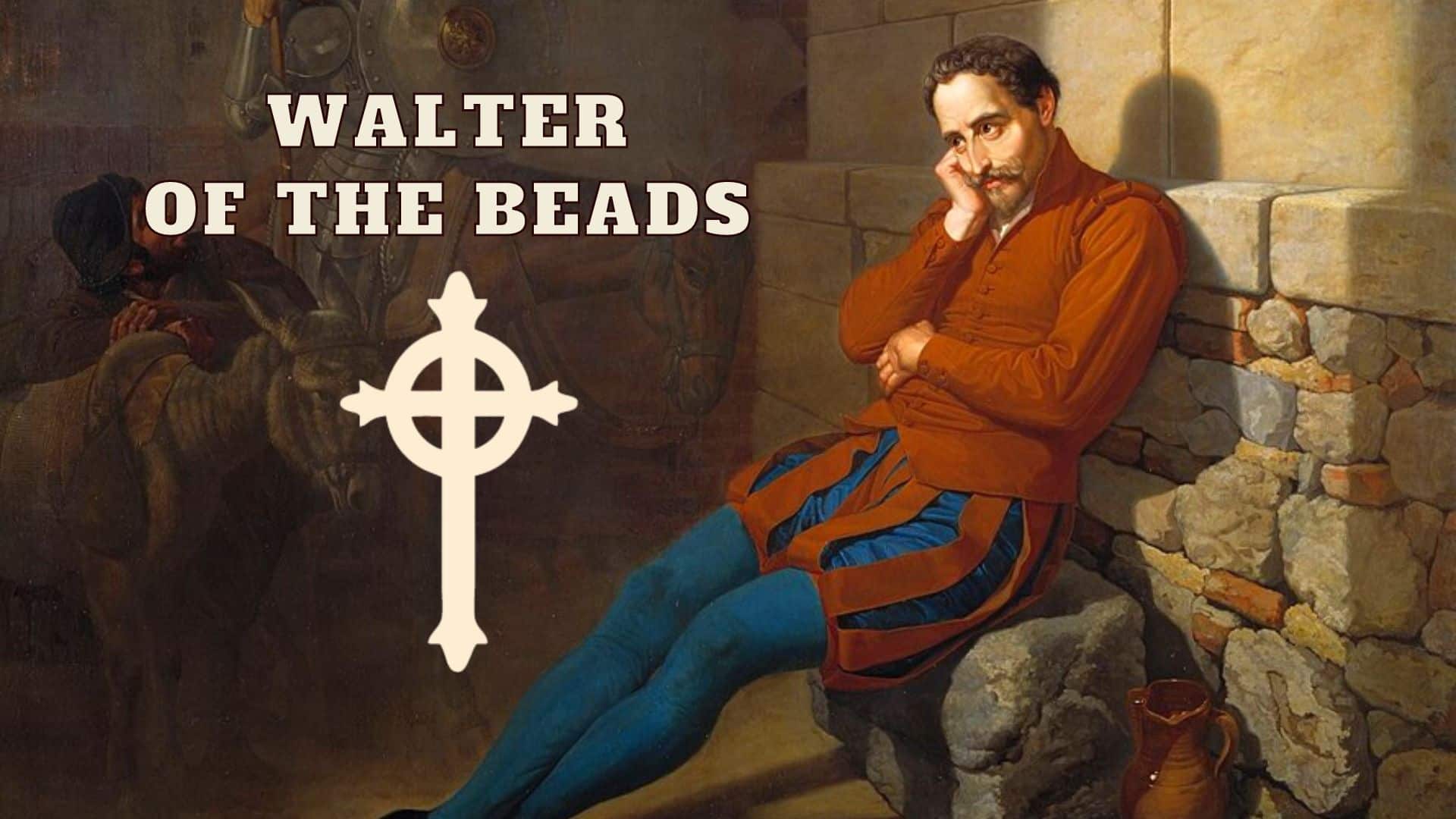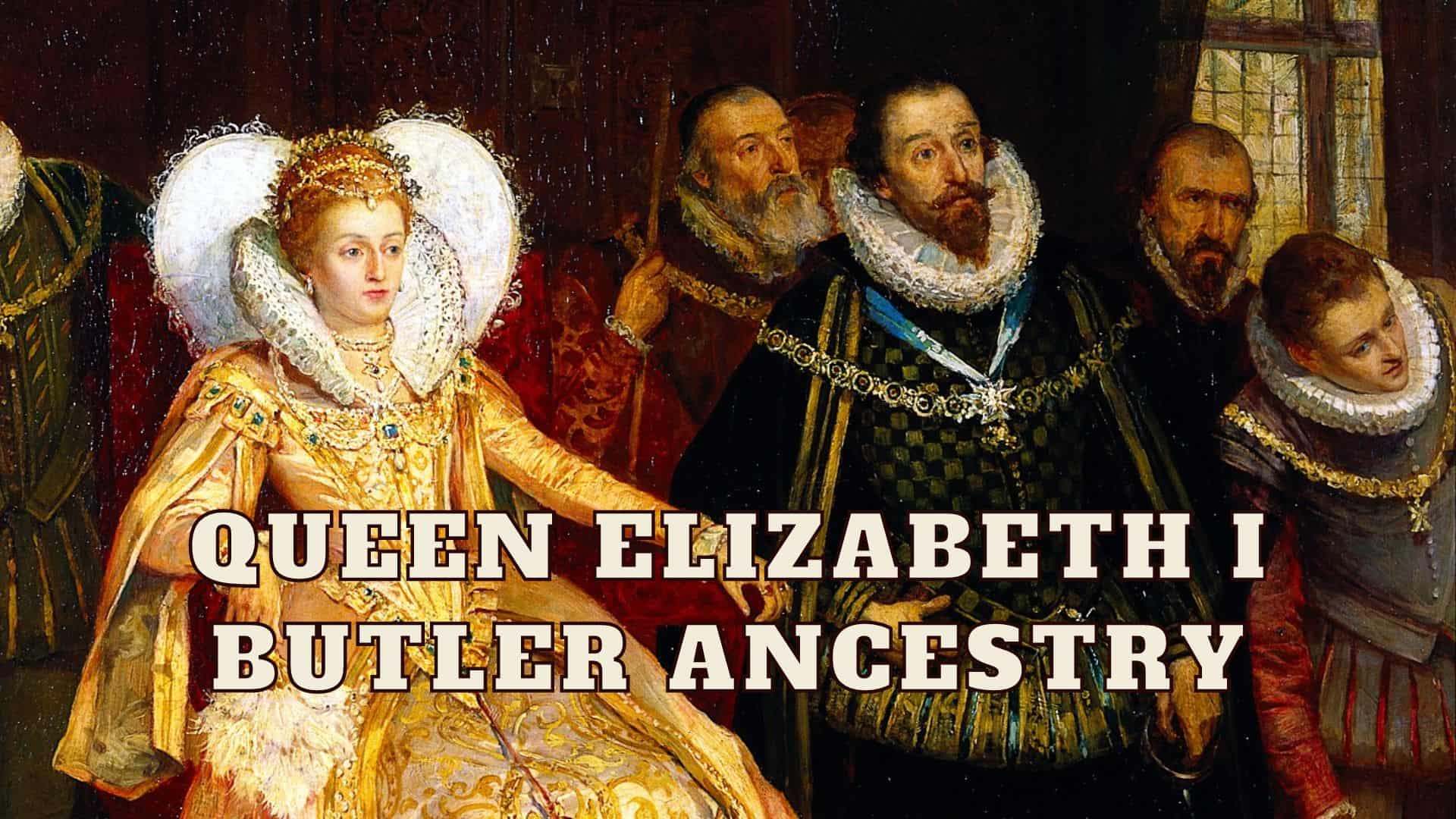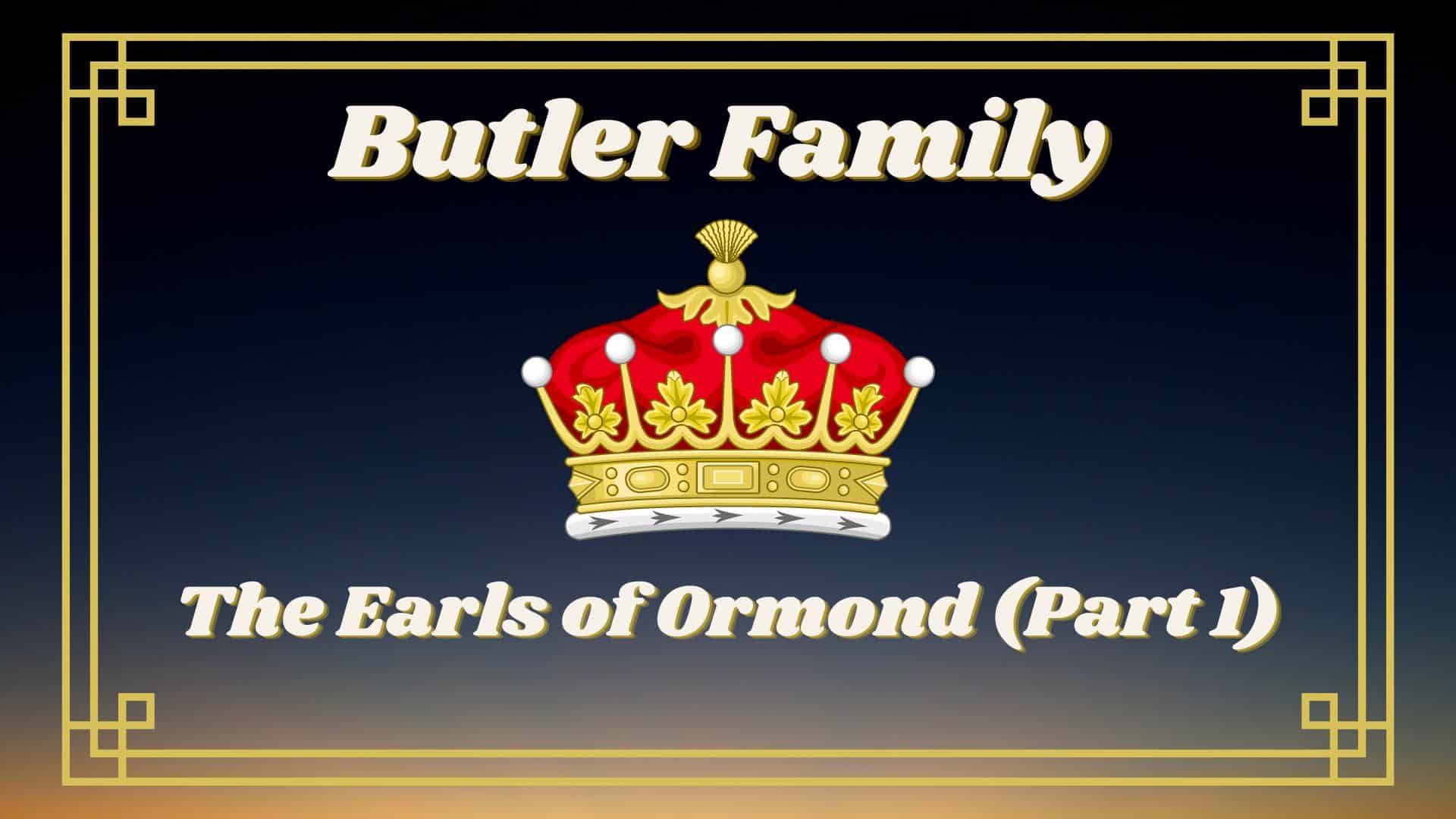Since Theobald FitzWalter was appointed 1st Chief Butler of Ireland in 1185, Butler families have built and acquired numerous castles in Ireland, each resonating with a deep, historical significance. This blog post explores the stories behind 20 select castles and properties that have played important roles in the history of the Butler surname. The images displayed showcase the current state of each property, unless specified otherwise.
- Arklow Castle
- Ballintemple House
- Ballylinch Castle/Mount Juliet Estate
- Ballyragget Castle
- Cahir Castle
- Dunboyne Castle
- Farney Castle
- Gowran Castle
- Granagh Castle
- Kilcash Castle
- Kilkenny Castle
- Kiltinan Castle
- Knappogue Castle
- Main Guard
- Neigham Castle
- Nenagh Castle
- Ormond Castle
- Paulstown Castle
- Roscrea Castle
- Tinnahinch Castle
Arklow Castle

Arklow Castle in County Wicklow was built in the 13th century by Theobald FitzWalter, 1st Chief Butler of Ireland and founder of the Butler dynasty. His descendant, the 4th Chief Butler, constructed a stone fortress on the site in the 1280s which became the family’s regional stronghold.
Over the following centuries, as the Butlers grew into Earls and eventually Dukes of Ormonde centered in Kilkenny, they retained Arklow Castle and the surrounding lands by appointing constables. This endured even as the family shifted its seat of power to Kilkenny Castle in the 1400s.
James Butler, 1st Duke of Ormonde, finally severed the 500 year Butler occupation of Arklow in 1714 when he sold the castle and over 8,500 acres to John Allen of Stillorgan for £1,140. Today, only fragments of Arklow Castle remain on the south bank of the Avoca River in Wicklow.
Ballintemple House

The lands that became Ballintemple House in County Carlow were first granted in the 16th century to Sir Thomas Butler of Cloughgrenan. Over the following centuries, the Ballintemple estate grew to encompass over 7,000 acres where the Butlers bred horses.
The grand, three-story Ballintemple House was built in the Georgian architectural style. Tragically, it was destroyed in a 1917 fire, existing as a shell for several years before being demolished apart from its portico. After the fire, the Butler family relocated to England for a period of time. Throughout the 20th century, Irish land reforms and government acquisitions diminished the Ballintemple estates to just a few acres.
Ballylinch Castle/Mount Juliet Estate

Ballylinch Castle, situated in Thomastown, County Kilkenny, Ireland, became part of the Butler family due to the marriage between James Butler, the 3rd Viscount Ikerrin, and Eleanor Redman, who was the daughter and co-heiress of Colonel Daniel Redman. Their son, Pierce Butler, the 4th Viscount Ikerrin, was born in this castle. Pierce rose to the rank of Brigadier General during Queen Anne’s reign.
During the 18th century, Somerset Hamilton Butler (1718-1744), who was in line to become the 1st Earl of Carrick, started developing a working estate along the River Nore. Named Mount Juliet, this estate was a tribute to his wife, Lady Juliet Butler, and remained the ancestral home for seven generations of Butler earls.
Today, the Mount Juliet Estate, encompassing over 1,500 acres, features a hotel, stud, golf course, and residential areas. In 2014, the Tetrarch group acquired the estate.
Ballyragget Castle

Ballyragget Castle is located along the River Nore in County Kilkenny. It was likely constructed around 1485 by Lady Margaret FitzGerald, daughter of the Earl of Kildare, after she married Pierce “Ruadh” Butler, the 8th Earl of Ormond. Popular legend states Lady Margaret made Ballyragget her favorite residence, even having a carved stone bench installed at the top of the castle which became known as “Lady Margaret’s Chair.”
For over two centuries, Ballyragget Castle served as the main residence of the Mountgarret branch of the prominent Butler family. This cadet branch of the Butlers used the castle as a military stronghold to defend their lands north of Kilkenny and launch raids against the rival MacGiollapadraig clan. In the late 1500s, Edmund Butler’s sons even rebelled against the English crown from Ballyragget before the castle was captured by Crown forces under Sir George Carew in 1600.
The Mountgarret Butlers continued inhabiting Ballyragget Castle until 1788 when the 11th Viscount Mountgarret, Edmund Butler, moved the family to the nearby Ballyragget Hall estate. His son, the 12th Viscount Mountgarret, later became the Earl of Kilkenny. The abandoned castle today remains on private farmland, with its limestone walls still standing though blocked from access.
Cahir Castle

Cahir Castle in Cahir, County Tipperary, is one of the largest castles in Ireland. The castle’s story intertwines with the Butler family’s fortunes, particularly from 1375 when James Butler, the newly created Earl of Ormond, was granted the castle by Edward III for his loyalty.
James Butler’s lineage received the lands around the barony of Iffa and Offa West. By 1542, the first of the Barons Cahir was created, marking a pivotal point in the Butler dynasty. This branch of the family, unlike their Anglican relatives, aligned with the Roman Catholic Irish in the Elizabethan wars. The castle’s history is marked by sieges and conflicts, including its capture in 1599 by the Earl of Essex’s army and subsequent sieges during the Irish Confederate Wars.
The last Lord Cahir’s death in 1961 marked the end of the Butler family’s ownership, with the castle then becoming the property of the Irish state. Since then, Cahir Castle has been declared a National Monument and is now managed by the Office of Public Works.

Cahir Castle isn’t just steeped in history; it’s also a star on the screen! This picturesque castle has been featured in films and TV shows like “The Conflict,” “Excalibur,” and “The Tudors.” 🏰🎥🌟
Dunboyne Castle

The original Dunboyne Castle in County Meath was constructed in the medieval era as a seat for the Butler Lords of Dunboyne, a branch of the prominent Butler dynasty. The estate likely occupied the site of an earlier Gaelic ringfort.
Baronial status was first granted to the le Petit family in the 13th century before passing to Sir Thomas Butler, son of Theobald Butler, 4th Chief Butler of Ireland, through marriage. The Butlers substantiated their claim when Edmund Butler, a grandson of the eighth Earl of Ormond, was created Baron Dunboyne (2nd Creation) in 1541.
The current Dunboyne Castle structure dates to the 18th century when James Butler, 9th Baron Dunboyne (2nd Creation) either built or expanded the manor in the Georgian architectural style, perhaps inspired by Charlemont House in Dublin.
The last Butler owner was John Butler, Bishop of Cork, who held the theoretical Dunboyne barony in the late 1700s. The house eventually passed out of Butler hands when sold and converted into a convent in 1950 before becoming the Dunboyne Castle Hotel and Spa in 2006.
Farney Castle

The original Farney Castle in County Tipperary, initially a wooden structure, was constructed in 1185. Later, Thomas Butler, the 7th Earl of Ormond, built the current distinctive round tower in 1495. This construction was part of a defensive network by the Butlers to protect their lands. The Butler family occupied Farney for over three centuries until 1536 when King Henry VIII confiscated it.
Remarkably, King Henry VIII returned Farney Castle to the Butlers just two years later, coinciding with his marriage to Anne Boleyn (Anne’s paternal grandmother was Lady Margaret Butler(c. 1454 – 1539)). During the 17th and 18th centuries, the tower briefly came under the possession of two English kings.
In 1650, Cromwellian forces seized Farney, effectively ending the Butler occupancy. The 58-foot circular castle, comprising five floors with a central mural staircase and various medieval defensive features, was then abandoned.
After remaining deserted and sealed for 200 years, Farney Castle was reopened and restored in the 20th century. Today, it serves as a heritage site and is the residence of Irish designer Cyril Cullen.
Gowran Castle

James Butler, the 3rd Earl of Ormond (c. 1359-1405), known as “The Earl of Gowran,” built Gowran Castle in 1385 near the center of Gowran, establishing it as his primary residence. This castle became a symbol of the Butler family’s influence in the region. James died there in 1405 and was interred in St. Mary’s Collegiate Church, Gowran. His burial site, shared with his father, James Butler, 2nd Earl of Ormond; his grandfather, James Butler, 1st Earl of Ormond; and his great-great-grandfather, Edmund Butler, Earl of Carrick and 6th Chief Butler of Ireland, reflects the family’s deep roots in the area.
The Butlers held the lands around Gowran until 1650 when Oliver Cromwell’s forces attacked and heavily damaged the castle. Following this, the Agar family emerged as the primary residents and influencers of Gowran Castle. The castle, having fallen into disrepair by the late 20th century, was sold in 2013.
Granagh Castle

Granagh Castle, also known as Granny Castle, is situated in County Kilkenny, near Waterford City. It was originally a Norman stronghold built by the Le Poers family. It came into the possession of the Butler family when James Butler, 2nd Earl of Ormond, acquired it in 1375.
Under Piers Butler, the 8th Earl of Ormond, and his wife, Margaret FitzGerald, the castle underwent significant expansion in the late 15th and early 16th centuries, establishing it as a symbol of the Butler family’s power. Margaret, often called “the great countess of Ormond,” was a member of the powerful FitzGerald dynasty and a formidable figure known for her influence, extensive renovations, and her role in local folklore.
Granny Castle fell to Cromwell’s forces in 1650, leading to its ruin. Today, remnants of its past, including carvings of the Butler coat of arms and the Archangel Michael, still adorn the surviving structures.
Kilcash Castle

In the 16th century, the manor of Kilcash in County Tipperary was transferred from the Wall family to the Earls of Ormond after the Irish Confederate Wars.
For over two centuries, Kilcash remained a significant stronghold for the Butlers. Walter Butler, who became the 11th Earl of Ormond in 1614 while living at Kilcash, encountered numerous challenges regarding his lands. Eventually, in the 17th century, he bequeathed the manor to his grandson, Richard Butler.
During the 1641 rebellion, Kilcash frequently served as a base for Confederate Catholic forces, including the commander Lord Castlehaven, who wrote his memoirs there. Castlehaven’s sister was also married to Richard Butler of Kilcash. The estate witnessed attacks in both the 17th century wars and Ireland’s Civil War, eventually falling into a state of ruin.
An adjacent medieval church hosts an elaborate Butler mausoleum with intricately engraved headstones. At the end of the 18th century, John Butler, the 17th Earl of Ormond, moved the family from Kilcash to Kilkenny Castle, leading to parts of the Kilcash manor being sold off. Today, both the castle and church are under state care and are preserved as important heritage sites.
Kilkenny Castle

Kilkenny Castle, a symbol of Norman occupation in Ireland, was built in 1260 to control the River Nore and key trade routes in Kilkenny. Richard de Clare, 2nd Earl of Pembroke, known as Strongbow, likely built the first castle on the site.
In 1391, James Butler, 3rd Earl of Ormond purchased the castle, establishing it as a stronghold for the powerful Butler family dynasty that would rule the surrounding region for centuries. A notable family member, Lady Margaret Butler, grandmother of Anne Boleyn and daughter of the 7th Earl of Ormond, was born in Kilkenny Castle.
In the 17th century, during the Irish Confederate Wars, Kilkenny Castle served as the headquarters for Confederate Ireland’s Catholic rebel government. Over subsequent centuries, as the Butler family’s fortunes fluctuated, the castle fell into disrepair.
In 1967, in order to preserve the historic castle, Arthur Butler, 6th Marquess of Ormonde sold it for the symbolic price of £50. Today, Kilkenny Castle is managed by Ireland’s Office of Public Works. Its grounds and the Parade Tower are open to the public as a historic site and venue, remaining a key cultural landmark.

In 1538, Piers Butler, the 8th Earl of Ormond, and his wife, Lady Margaret Fitzgerald, established Kilkenny College in Kilkenny, Ireland. 🏫📚🍀🎓
Kiltinan Castle

The first known inhabitants of Kiltinan Castle near Fethard in County Tipperary were the Butlers of the Dunboyne branch in the 13th century. They resided there until 1650 when Cromwell’s forces attacked the castle during the invasion of Ireland.
In the early 15th century, a dispute over ownership arose between Edmund Butler, 5th Lord Dunboyne and the son of the prior of Kilmainham, also named Edmund Butler. Both laid claim to Kiltinan through familial ties. The Earl of Ormond settled this by decreeing that the two men duel with broadswords on the castle green to determine the rightful owner. After hours of fierce fighting, Lord Dunboyne was slain, granting the Kilmainham Butlers ownership of Kiltinan.
Thirty years later, lawyers resolved the issue through financial means and the Dunboynes regained control of Kiltinan Castle. For the following two centuries, they held the rights of lord and master until Cromwell seized the castle. Over subsequent years, Kiltinan passed through various owners and now remains under private ownership, restored from ruin.

Andrew Lloyd Webber, the legendary composer of musicals like ‘Cats’ and ‘The Phantom of the Opera’, bought Kiltinan Castle in 1995. Talk about a dramatic setting for creativity! 🎭🏰🎶
Knappogue Castle

Knappogue Castle, located in County Clare, was originally constructed in 1467 as a late medieval tower house. Over the following centuries, it changed hands several times before being acquired in 1855 by Theobald Fitzwalter Butler, 14th Baron Dunboyne of the Butler dynasty.
The Butlers hired renowned architects the Pain Brothers to embark on significant Gothic revival expansions to the castle. Additions in this romantic style included a new drawing room, long room, west wing, clock tower, and front gateway, transforming Knappogue’s appearance.
The Butlers held Knappogue until 1927 when the estate was purchased by the Irish Land Commission. Over subsequent decades, various owners have continued preservation and renovation work. Since 1996, the site has been utilized as a heritage venue focused on weddings and medieval-style events.

“Knappogue Castle” isn’t just the name of a historic Butler castle – it’s also the name of a whiskey produced by Castle Brands! 🏰🥃✨
Main Guard

The Main Guard site in Clonmel, designated a National Monument, originally held the town’s main guard troops before becoming a courthouse. After its destruction during Cromwell’s 1650 Siege of Clonmel, James Butler, 1st Duke of Ormonde ordered construction of a new courthouse following the restoration of his family’s palatinate rights over Tipperary in 1662.
Completed in 1674 with private apartments for entertaining, the Main Guard served as the Butler administrative headquarters as Earls and Dukes of Ormonde held palatinate jurisdiction over Tipperary. King James II was famously hosted by Ormonde heirs there in 1689.
After the Butlers’ palatinate jurisdiction ended in 1715, the Main Guard maintained importance as a courthouse, tax hub, and heart of local affairs. Extensive restorations in the 1990s revived the site’s original form, allowing it to stand as a monument to enduring Butler influence in Clonmel.
Neigham Castle

Neigham Castle is a ruined Plantagenet-era castle located near Gowran in County Kilkenny, Ireland. It was constructed at some point prior to 1487 by Sir James Butler of Polestown, who served as Lord Deputy of Ireland. Sir James was the father of Piers Butler, the 8th Earl of Ormond.
Before marrying, Sir James had three illegitimate children with Sabh Kavanagh. Neigham Castle was given as a residence to one of these sons, Edmund or Theobald of Polestown.
The last documented occupant of Neigham Castle was Thomas Butler in 1661, a son of the 1st Lord Galmoy. The castle has subsequently been abandoned and fallen into a ruinous state. It presently remains inaccessible to the public.
Nenagh Castle

Theobald FitzWalter, 1st Chief Butler of Ireland, constructed Nenagh Castle in County Tipperary circa 1200. It served as the headquarters and seat of power for the Butler family for almost two centuries before they relocated to Kilkenny Castle in 1391.
The limestone keep of Nenagh Castle stands 100 feet tall with a 55 foot diameter base. This cylindrical tower contains four levels accessed by a 101-step stone spiral staircase that leads up to the parapet walks encircling the roof.
While the curtain walls surrounding the keep have largely disappeared over the centuries, the imposing tower itself remains intact. Extensive restorations from 2009-2013 reestablished the keep as a tourist destination rather than a ruin. It endures as a striking example of Norman military architecture and a symbol of the Butlers’ medieval rise to power in the region.

Did you know that Roesia de Verdun, wife of the 2nd Chief Butler of Ireland, was the first woman to build a castle in Ireland? Castle Roche, her creation, stands as a testament to her status as one of the most powerful women of the 13th century! 🏰👸💪
Ormond Castle

Ormond Castle, in Carrick-on-Suir, County Tipperary, Ireland, is a celebrated example of Elizabethan architecture. Constructed by Thomas Butler, known as “Black Tom” (1533-1603), the 10th Earl of Ormond and a cousin of Queen Elizabeth I, it stands as the most distinguished Elizabethan manor house in Ireland.
Originally built before 1315, the castle saw extensive renovations in the early 1560s under Thomas’s direction. He added a manor house beside the existing castle, with the hope of hosting Queen Elizabeth I. Despite his meticulous preparations and two planned visits by the Queen in 1602 and 1603, she never had the opportunity to visit the castle, as she died before these plans could be realized.
The castle was a favored residence of James Butler, the 1st Duke of Ormond, until its abandonment in 1688, leading to a period of neglect. It was eventually restored and handed over to the Irish government in 1947. Presently, Ormond Castle is open to the public, displaying its remarkable plasterwork and murals, notably a portrait of Queen Elizabeth I, alongside various historical documents.
Paulstown Castle

Paulstown Castle, also known as Poulstown or Polestown, is located in County Kilkenny and was originally built around 1440, most likely by Sir Edmund Butler. He was the son of Sir Richard Butler and the grandson of James III, Earl of Ormond. The Butler family came into possession of these lands via a grant made in 1320 by John de Clahull to Richard Butler.
For nearly three centuries, Butler families resided in Paulstown Castle until the early 1700s when Francis Flood acquired the estate. The castle underwent remodeling in the early 19th century but was abandoned by 1973. Currently, it stands as a ruin.
Roscrea Castle

The land Roscrea Castle occupies was originally granted to the Butlers in 1315 when King Edward II awarded the manor and estates to Edmund Butler, 6th Chief Butler of Ireland and first Earl of Carrick.
Roscrea served as a stronghold for the Butlers of Ormond who held the site for almost four centuries until selling it in the early 1700s. In that time, the castle was the site of conflicts such as the bloody 1646 takeover by Irish forces before falling to Cromwell’s control shortly thereafter.
The imposing castle structure with high curtain walls and multiple towers dates originally to King John’s era in the 13th century. The stone construction visible today was largely completed under Butler ownership in the 15th century. Now designated a national heritage site, the partially restored Roscrea Castle stands as a monument to the Butler influence in Tipperary.
Tinnahinch Castle

Tinnahinch Castle, located in County Carlow, was strategically constructed in the early 1600s to control a key crossing over the River Barrow, where a wooden bridge once stood. It features a rectangular structure, complete with a stair tower at the southwest angle.
The castle’s construction is attributed to a James Butler, with some sources suggesting it was built by James Butler, the 1st Duke of Ormonde, in 1610. However, this seems unlikely as he was only five years old at that time. Other historical sources suggest a more likely construction date for Tinnahinch Castle around 1630, providing a clearer timeline for its establishment.
The Butlers, deeply involved in the Irish Confederate Wars, eventually lost control of their lands, which were confiscated during the Cromwellian conquest of Ireland. In 1700, the castle was destroyed by a fire and has remained in ruins ever since.
Recommended Reading:
- Dunboyne, Patrick Theobald Tower Butler, Baron. “Butler Family History.” Kilkenny, Ireland: Butler Society, 1965. Print.
- “List of Castles in Ireland.” Britain Ireland Castles.
- Comerford, Patrick. “Ballyragget Castle: A Sleeping Giant with A History of Butler Family Connections.” Patrick Comerford, 9 Sept. 2018.
- Drennan, Mrs. “Paulstown Castle”. Kilkenny Archaeological Society, 1962.













